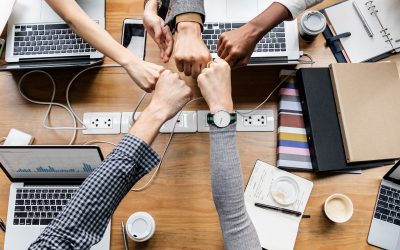
The modus operandi or how a session takes place.
If the symptom is the reason for the patient to consult, it does not represent for the therapist the “beacon” that will captivate his attention. “Only tissues know” and it is the tissues that the operator should listen to.
For this reason, the global system will be put back into communication to be able to communicate.
This essential preparatory phase involves global skull techniques, occipital compression, and liver technique. The release of energy resulting in a profound change in the state of the system will be carried out at a harmonization phase.
In fact, each release cycle is followed by a balancing phase.
The therapist will seek out and release more specifically the holding areas. This step will implement all the specific necessary techniques. These techniques are inspired by the existing ones used by osteopaths, such as the skull, pelvis, upper and lower limbs, visceral and other approaches. The latter is adapted to the parameters of the tissular approach.
A comprehensive harmonization will complete the session in order to harmonize the system with itself and its environment.
Sources of retention
Three main sources of retention
Kinetic Traumatic
The vulnerability of the orgasm in managing outgoing flows forms the retention areas. If the body system receives too much energy in too short a period of time it will not be able to manage it, creating a retention zone.
Metabolic
Metabolism of the body is influenced by substances enering the body and every substance is information-energy that must be managed.
An excess, a shortage or a poisoning might all cause the system of assimilation of substances to fail, creating areas of retention.
Emotional
Emotional “stress” can involve reptilian, neurovegetative, limbic and cortical systems.
An assault, for example, that prepares the system for attacking or escaping, mobilizes a large amount of energy. If our social behavior prevents us from spending this energy for one of the two options, this unspent energy will create areas of retention in the limbic system (unexpressed anger, resentment) but also in the cortical sphere.
Useful tools for the somatic-emotional aspect are proposed by the tissue approach.
These sources often interfere with each other and have interdependent actions on the system.
Biological and neuropsychic matter (conscious of being conscious)
We work with organic materials. The retention zones, densities, tensions are all biological. The tissue approach takes into account tissue memories but expands its scope to the “representation system” of the patient which contains the memorization (conscious or not) of lived situations, in principle verbalizes. This field of representation is materialized by „neuropsychic” matter.
Retention zones can be created in the “mind” space and bind to the retentions of biological matter. Let’s take the example of a player who suffers an ankle sprain made by an opponent who is disrespectful and who is also prevented from scoring his goal.
The retention area at the ankle may be linked to retention at the level of the representation system (anger, resentment, and poorly lived situation). To completely and sustainably release the ankle area it will be necessary to release the neuropsychic level, especially through precise mental verbalization techniques.
To conclude
The tissue approach is a comprehensive approach that takes the body system into account in a systemic context. The body system can be compared to a relational cloud, which constantly renews itself, which deconstructs and reconstructs itself and which, like a cloud, is the visible (palpable) expression of forces that we do not see. This relational cloud of energy information includes biological and neuropsychic tissue memories. The operator will have to deal with the cloud that is there today and free the retention areas involved in the problem of the day.
The involved retentions are up-to-date information, and thousands of other information that can be used as support points for the formation of other retention areas are potentialized, stored in the “drawers” of the system. We have to leave them there. “Only tissues know.” Tissue collaboration, presence, precision of intentions, confidence in our perceptions, the correctness of our palpatory parameters, the abandonment of our ego, are the guarantee of proposing the most stable Fulcrum around which will be built the today necessary release. Leaving the system to work with its internal resources to recover a “better” health.
An overview of the program of study.
The teaching of the tissue approach addresses the theoretical parts of the model that are an indispensable point of support and devotes an important part to practice.
Theory
– Universal law of life, communication, concept of energy, energy management, retention (creation, detection, liberation, harmonization), modus operandi, notion of still point and fulcrum, biological and neuropsychic materials, memories.
Also discussed are the notions of perception, sensation, hand and touch, technical and therapeutic touch, tension, mechanical quality and conduction of connective tissue, the various channels of transmission in the body system.
Practice
Individual practices are proposed that aim to develop the capacities of perception and palpation, subjective parameters of presence, attention, intention, tissue communication and its relationship to biological and neuropsychic materials.
Practices in pairs allow you to experiment.
The subjective and objective parameters that are the basis of palpatory communication require careful and guided learning by an experienced teacher and ensure that each participant feels the tissue responses.
Global techniques in the skull, pelvis, liver area.
Skull and pelvis-specific techniques
Specific techniques on skull, column, pelvis, sacro iliac, upper limb, lower limb, visceral.
Tissue interrogation technique
Techniques on the neuropsychic material (somato-emotional).
Self-treatment.




